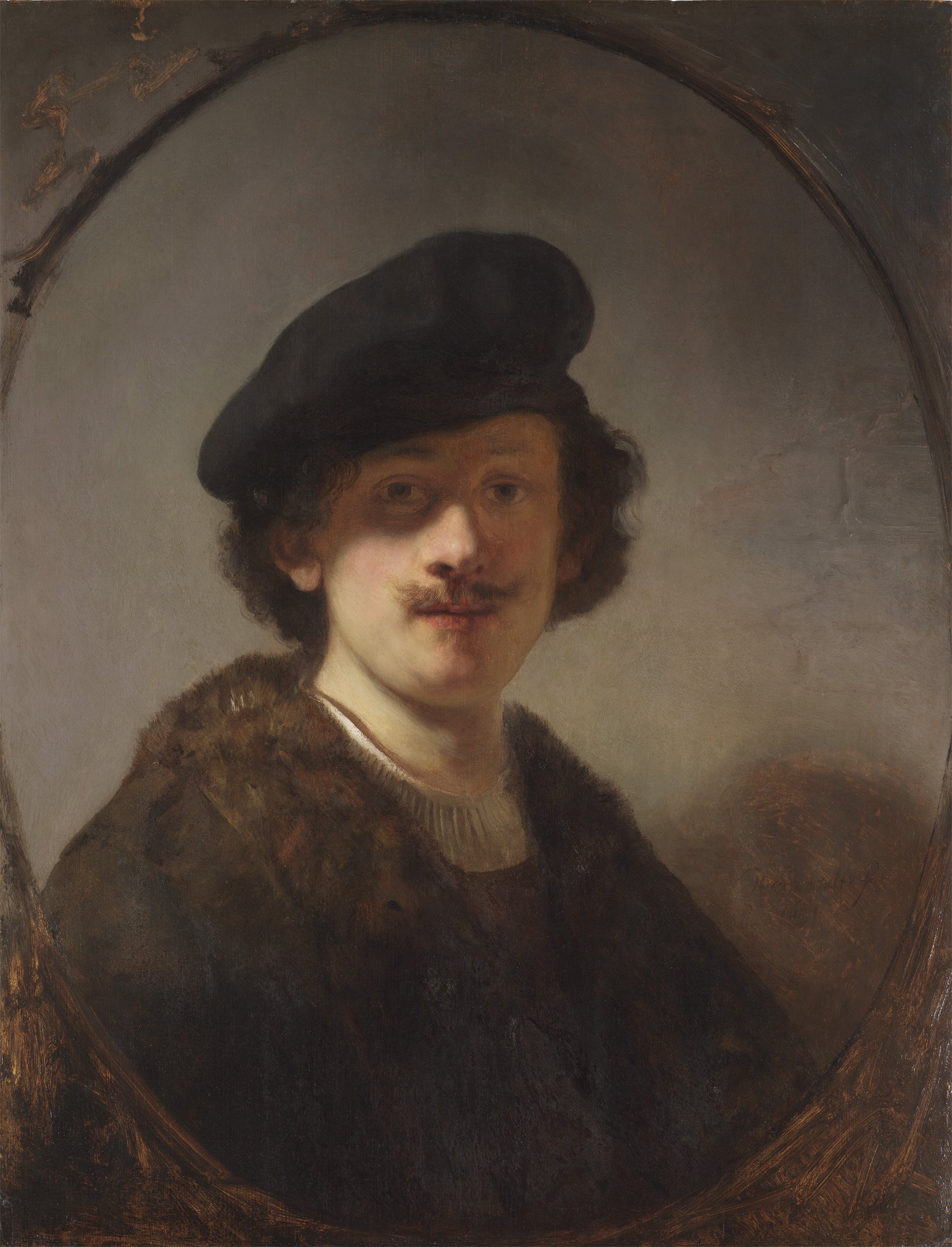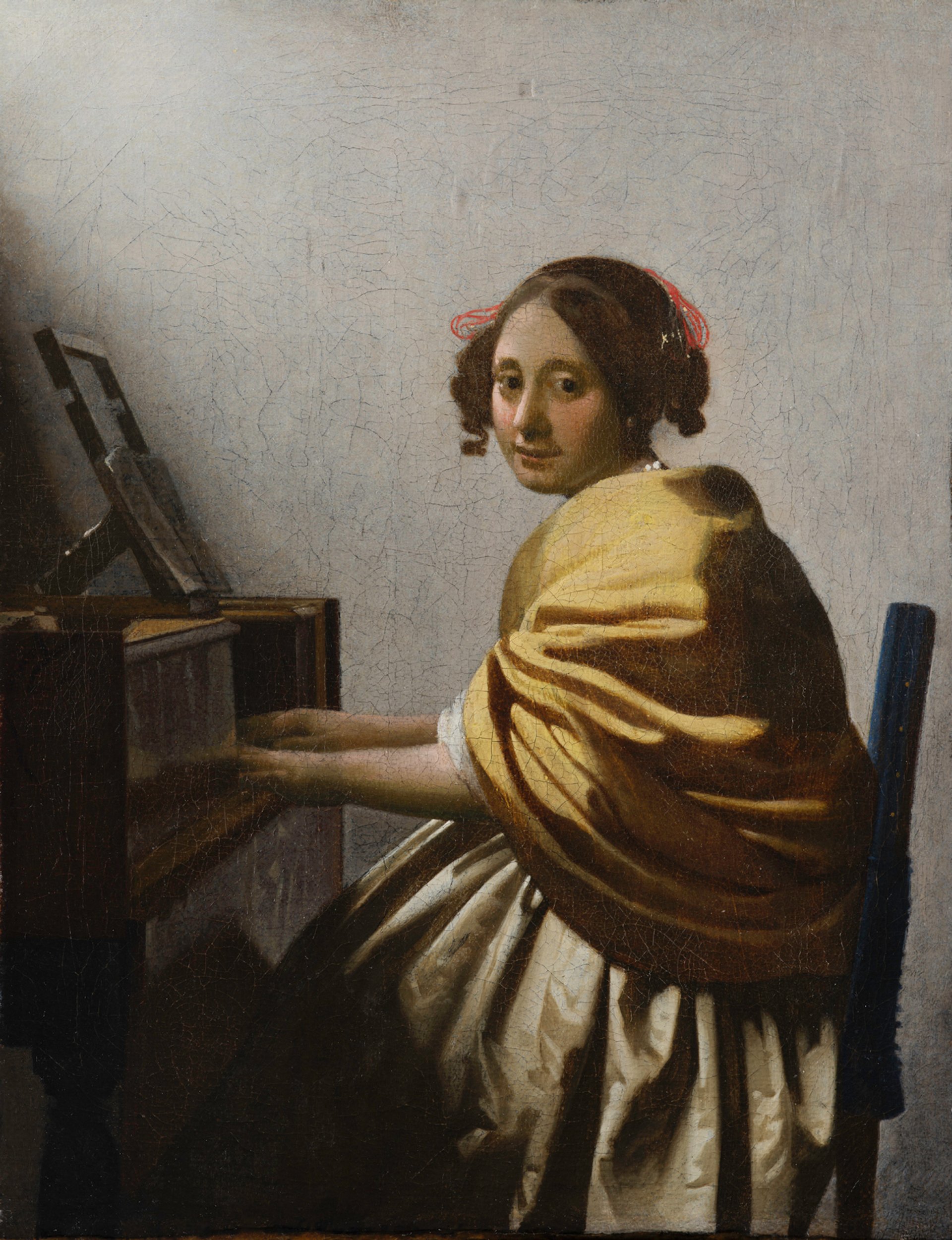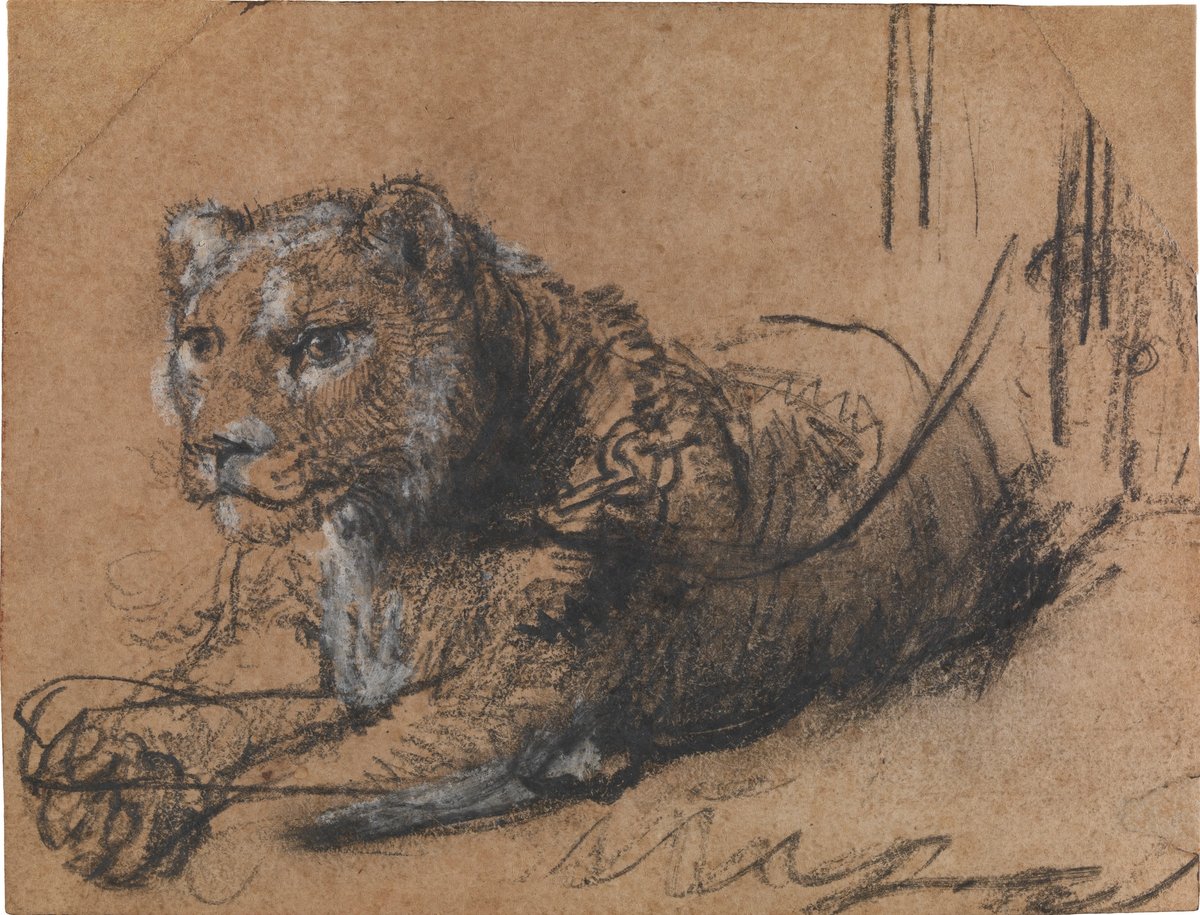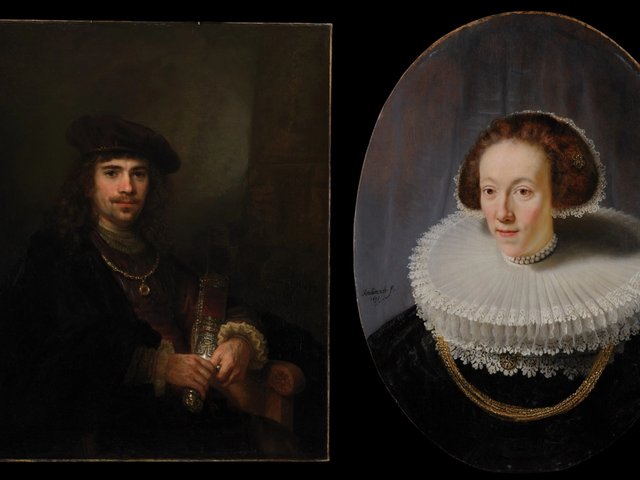A Rembrandt drawing of a lion could approach a record sum for a work on paper when it is expected to come up for auction next year. Thomas Kaplan, an American collector of Dutch 17th-century art, plans to use the proceeds to help fund the conservation of “big cats”.
“Wildlife conservation is the one passion I have which surpasses Rembrandt—and I want to attract more people to that cause”, Kaplan says.
Young Lion Resting (1638-42) has just gone on display in an exhibition of Kaplan’s collection at Amsterdam’s H’ART Museum. Formerly known as the Hermitage Amsterdam, the museum severed links with the St Petersburg institution after Russia’s invasion of Ukraine in 2022 and it is independent.
Kaplan’s show, From Rembrandt to Vermeer: Masterpieces from The Leiden Collection, runs until 24 August. His collection is named after the city of Rembrandt’s birth.
When The Art Newspaper asked Kaplan whether the sale of his Rembrandt drawing might fetch over $10m, he immediately responded, “multiples of tens”. Sellers obviously have a motive to talk up values, but in this case the money would all go to charity, which could encourage buyers. The most expensive work on paper ever sold at auction was Raphael’s Head of a Young Apostle (around 1519), which went for £29.7m (then $48m) at Sotheby’s in 2012.
Kaplan, the billionaire chairman of the precious metals asset company the Electrum Group, set up the New York-based Panthera conservation organisation. It helps preserve the seven species of big cats: cheetahs, jaguars, leopards, lions, pumas, snow leopards and tigers. This week Kaplan returned from a one-month visit to India, to view lions and snow leopards.
Rembrandt would have been in his early or mid-30s when he drew the lion. The fact that the animal wears a leash around its neck emphasises that it was drawn from life, presumably at a menagerie or a fair in Amsterdam. Two other drawings of lions at the British Museum probably depict the same animal.
Lions were occasionally taken from North Africa to the Netherlands on ships of the Dutch East Indies Company. Rembrandt may possibly have drawn the animal for use in prints of St Jerome, who is often portrayed accompanied by his loyal lion. Kaplan particularly admires the animal’s eyes and says of his drawing that Rembrandt “gives a greater interior life to a cat than most artists can to a human”.
He bought the lion drawing in 2005 from the New York dealer Otto Naumann. Little is known of its earlier provenance, although it seems to have been with French collectors since the 18th century.

Rembrandt van Rijn, Self-Portrait with Shaded Eyes (1634) Courtesy: Leiden Collection
Young Lion Resting was the first Rembrandt which Kaplan bought, but he and his wife Daphne Recanati soon went on to acquire no fewer than 17 Rembrandt paintings (two of them he acknowledges as having workshop participation); that works out at nearly one Rembrandt a year.
Kaplan says there are only 40 Rembrandt paintings in private collections, which means that he now has nearly half of them.
All his Rembrandts are in the Amsterdam show, including the Self-portrait with shaded Eyes (1634). This came from the collection of the Las Vegas casino boss Steve Wynn in 2008.

Johannes Vermeer, Young Woman Seated at a Virginal (1670–75) Courtesy: Leiden Collection
The Amsterdam exhibition also includes nearly 60 paintings by other Dutch 17th-century artists, such Gerard ter Borch, Gerrit Dou, Carel Fabritius, Frans Hals, Jan Lievens, Frans van Mieris and Jan Steen. Many of them are of the so-called Leiden School, depicting scenes in exquisite detail.
But the most important painting in the exhibition is Johannes Vermeer’s Young Woman seated at a Virginal (1670-75). Kaplan bought it in 2008, again from Wynn. It is the only one of the 37 surviving Vermeers which remains in a private collection. The Amsterdam show will travel to the Norton Museum of Art in West Palm Beach, Florida (25 October-29 March 2026).



